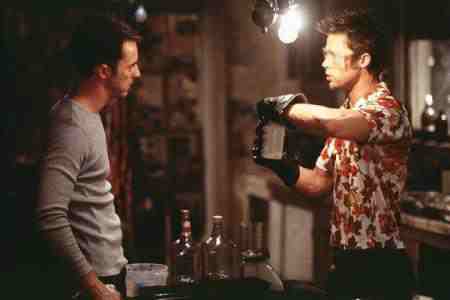briggssteel
Well-Known Member
I intended to use it on my brown today but chickened out after reading how toxic it is. Of course my mash ph was around 4.9 so I paid for it.
I read how you need to wear goggles and gloves or it could cause blindness or respiratory problems if airborne and was a wimp about putting it in my beer. Any advice on it if it really is something toxic I'd be messing with or if people are overblowing it? Thanks.
I read how you need to wear goggles and gloves or it could cause blindness or respiratory problems if airborne and was a wimp about putting it in my beer. Any advice on it if it really is something toxic I'd be messing with or if people are overblowing it? Thanks.






































![Craft A Brew - Safale BE-256 Yeast - Fermentis - Belgian Ale Dry Yeast - For Belgian & Strong Ales - Ingredients for Home Brewing - Beer Making Supplies - [3 Pack]](https://m.media-amazon.com/images/I/51bcKEwQmWL._SL500_.jpg)




















